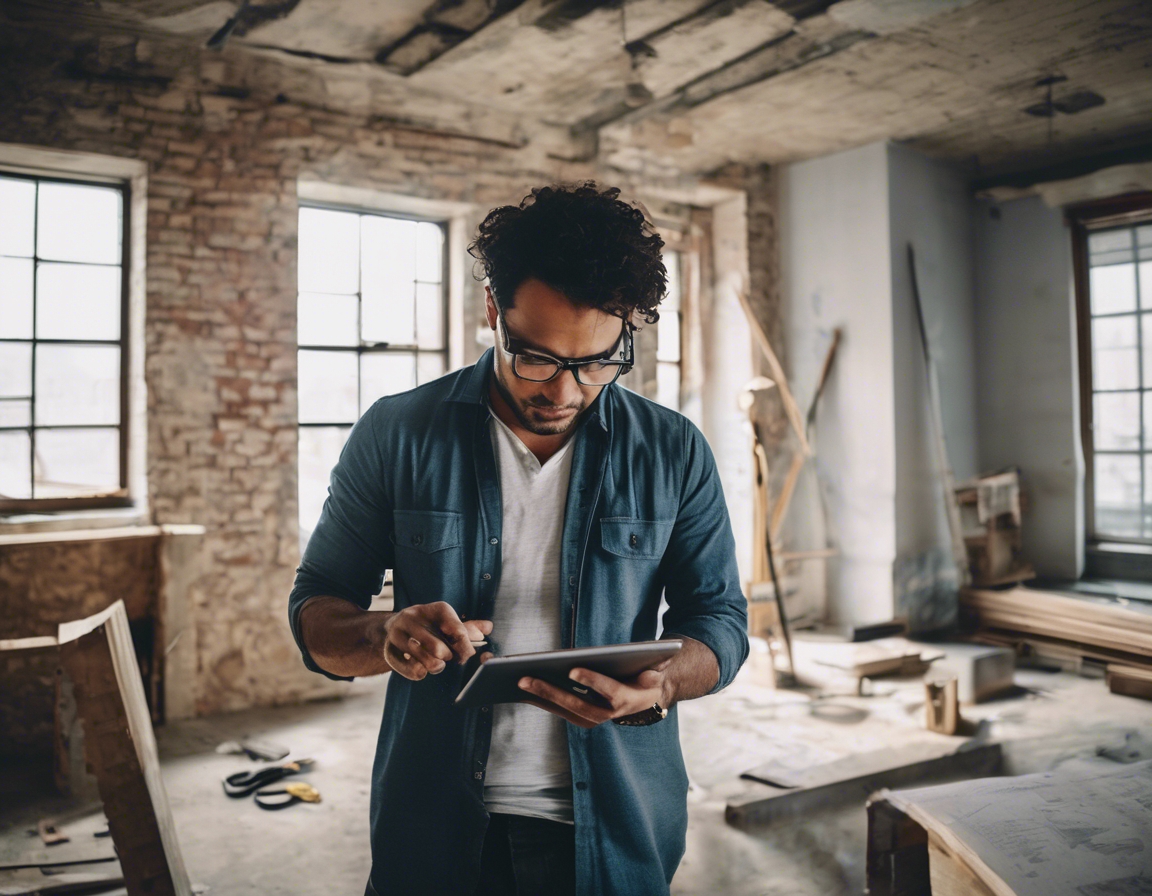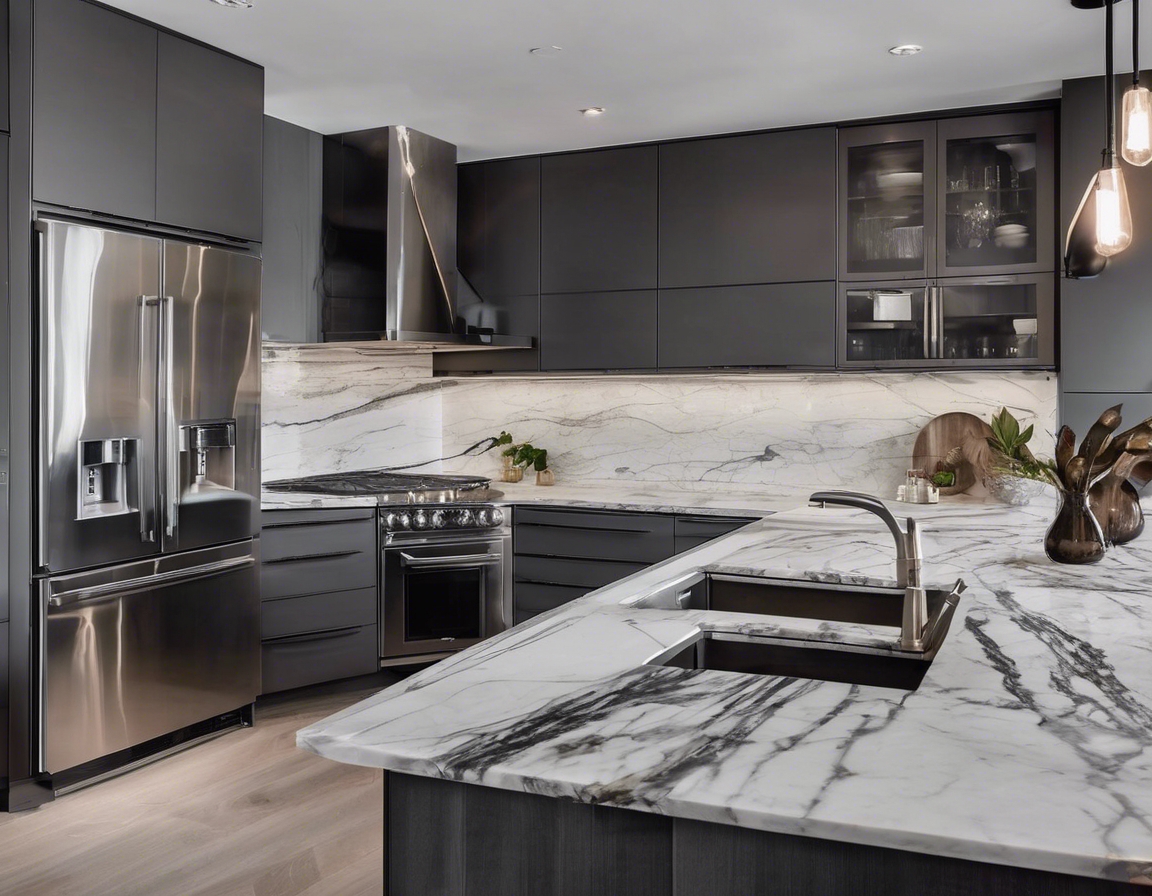Top trends in modern building construction
The construction industry is undergoing a significant transformation, driven by technological advancements, environmental concerns, and evolving consumer preferences. For property owners and investors in Tartu and Tallinn, understanding these trends is crucial for making informed decisions about property development and renovation. This article explores the top trends shaping modern building construction, offering insights into how these innovations can enhance property value and sustainability.
Emphasis on Sustainability and Green Building
One of the most prominent trends in modern construction is the shift towards sustainability. Builders are increasingly using eco-friendly materials such as recycled steel, bamboo, and reclaimed wood. These materials not only reduce the environmental impact of construction but also offer durability and aesthetic appeal.
Energy efficiency is a key consideration in modern building design. Innovations such as solar panels, green roofs, and high-performance insulation systems are becoming standard features. These elements help reduce energy consumption, lower utility costs, and contribute to a building's overall sustainability.
Technological Integration in Construction
BIM is revolutionizing the way buildings are designed and constructed. This technology allows for the creation of detailed 3D models that provide insights into the building's lifecycle, from design to demolition. BIM enhances collaboration among stakeholders, reduces errors, and improves project efficiency.
Smart technologies are increasingly being integrated into building designs to enhance functionality and user experience. Features such as automated lighting, climate control systems, and security solutions are becoming commonplace, offering convenience and energy savings.
Modular and Prefabricated Construction
Modular construction involves assembling building components off-site and transporting them to the construction site. This method offers numerous benefits, including reduced construction time, cost savings, and minimized site disruption. It also allows for greater precision and quality control.
Prefabrication is evolving with the use of advanced materials and techniques. Innovations such as 3D printing and robotic assembly are enhancing the efficiency and flexibility of prefabricated construction, making it a viable option for a wide range of projects.
Focus on Safety and Resilience
Safety remains a top priority in construction. Modern projects are incorporating advanced safety protocols, including the use of drones for site inspections and wearable technology to monitor worker health and safety in real-time.
With the increasing frequency of natural disasters, resilient building designs are gaining importance. These designs focus on enhancing a building's ability to withstand extreme weather events, ensuring the safety and longevity of the structure.
Urbanization and Mixed-Use Developments
As urban areas continue to grow, mixed-use developments are becoming more popular. These spaces combine residential, commercial, and recreational facilities, offering convenience and fostering community interaction.
Innovative urban planning is essential to accommodate the growing population in cities like Tartu and Tallinn. Strategies such as transit-oriented development and green infrastructure are being implemented to create sustainable and livable urban environments.






Comments (0)